Television in the 1970s was a different world – bold, boundary-pushing, and sometimes wonderfully inappropriate by today’s standards. Remember settling in with TV dinners to watch shows that made your parents chuckle nervously while you weren’t quite sure what the joke was? Those characters we grew up loving would likely send Twitter (or should I say “X” now?) into absolute meltdown if they debuted in 2025.
1. Chrissy Snow (Three’s Company)
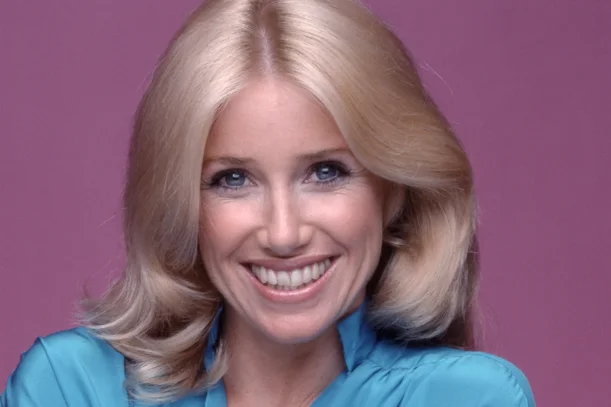
Suzanne Somers’ ditzy blonde character reinforced gender stereotypes that would be heavily criticized by today’s audiences as regressive and sexist. Her character’s entire premise was built around her lack of intelligence and naivety, traits that were played exclusively for laughs rather than showing any character growth. Chrissy’s constant confusion and misunderstandings, while endearing to 1970s viewers, would now be seen as one-dimensional writing that diminishes women. Her presence on the show as we know it is made all the most remarkable when considering that, according to SlashFilm, Suzanne’s casting was something of an accident.
The living arrangement that formed the show’s premise – a man pretending to be gay to live with two women – relied on misconceptions about homosexuality that would be considered offensive today. Chrissy’s revealing outfits were clearly designed for male viewership rather than character development, an approach that modern producers would likely avoid. While the show was revolutionary for addressing shared housing between unmarried men and women, its handling of gender roles and sexuality would face significant backlash from contemporary critics.
2. Fred Sanford (Sanford and Son)
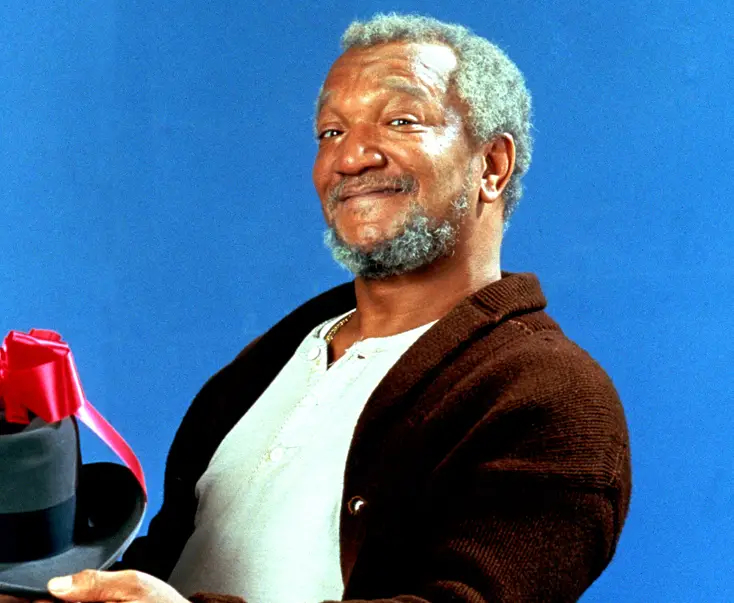
Redd Foxx’s junkyard owner regularly delivered ethnic jokes, senior-themed humor, and faked heart attacks with his famous “I’m coming, Elizabeth!” line that would raise serious concerns today. His constant scheming to avoid work and responsibility often relied on stereotypes that would be considered problematic in modern programming. Fred’s relationship with his son Lamont often featured insults and put-downs that would be viewed as emotionally harmful by today’s standards. NPR does sing the character’s praises as a fully realized person who’s full of all the admirable qualities and frustrating flaws as everyone else, it’s worth noting, grounding him in reality.
The show’s portrayal of life in the Watts neighborhood of Los Angeles was groundbreaking for featuring predominantly Black characters during a time when television diversity was extremely limited. However, Fred’s manipulative behavior toward his son and friends, coupled with his frequent comments about women’s appearances, would likely be scrutinized much more critically by contemporary audiences. Viewers today might appreciate the cultural significance while questioning the messaging behind the comedy.
3. Hawkeye Pierce (MASH)
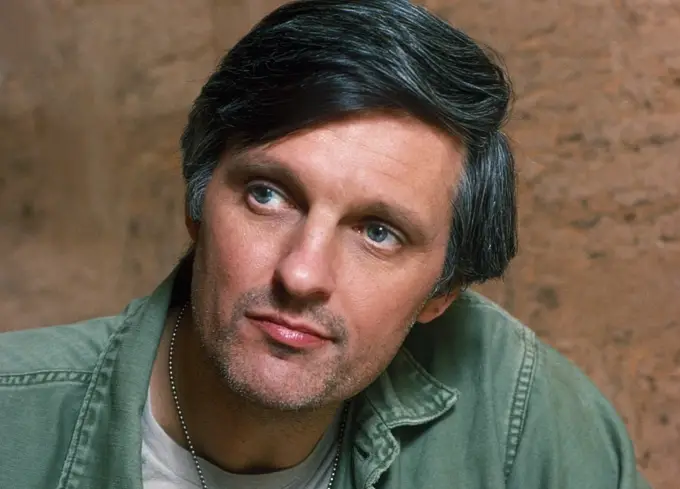
Alan Alda’s womanizing surgeon used humor to cope with the horrors of war, but his relentless pursuit of nurses would now be viewed through the lens of workplace harassment. His practical jokes, sometimes at the expense of female colleagues, and inappropriate comments would be considered unprofessional and potentially threatening in today’s workplace environment. Hawkeye’s constant romantic advances, despite frequent rejections, portrayed persistence as charming rather than problematic. For additional nuance and context, The Hollywood Reporter delved into the secrets behind this show and the characters that drive it.
The character did evolve throughout the series to become more sensitive and thoughtful about the impact of war, which might partially redeem him to modern audiences. His anti-war stance and eventual growth regarding women’s autonomy represented progressive values, even as his behavior sometimes contradicted them. Still, a modern version of Hawkeye would require significant revisions to his character, particularly regarding his interactions with female colleagues in a military medical setting.
4. Archie Bunker (All in the Family)
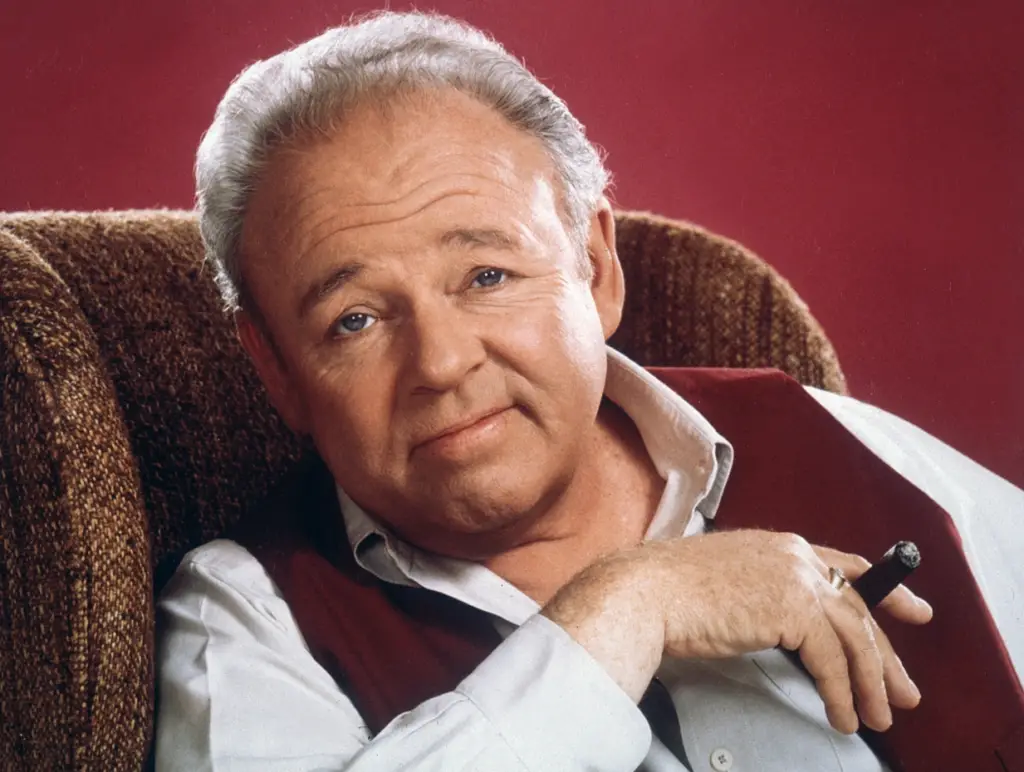
Carroll O’Connor’s iconic character spouted prejudiced views that were meant to be satirical but would be difficult to contextualize for modern audiences. Archie’s bigoted rants against minorities, women, and anyone different from himself were designed to expose the absurdity of such views, but today’s viewers might miss that crucial layer of social commentary. His catchphrases and slurs that once prompted uncomfortable laughter would now likely prompt immediate cancellation campaigns. Smithsonian Magazine credits Archie with totally changing the landscape of the American sitcom.
Producer Norman Lear intentionally created Archie as an unsympathetic character whose outdated views would be challenged by his liberal son-in-law Mike and daughter Gloria. The show was groundbreaking in addressing racism, homophobia, and other social issues that television had previously avoided entirely. Yet in our current climate, networks would be hesitant to give airtime to a character who so freely expressed offensive opinions, even as the butt of the joke.
5. George Jefferson (The Jeffersons)
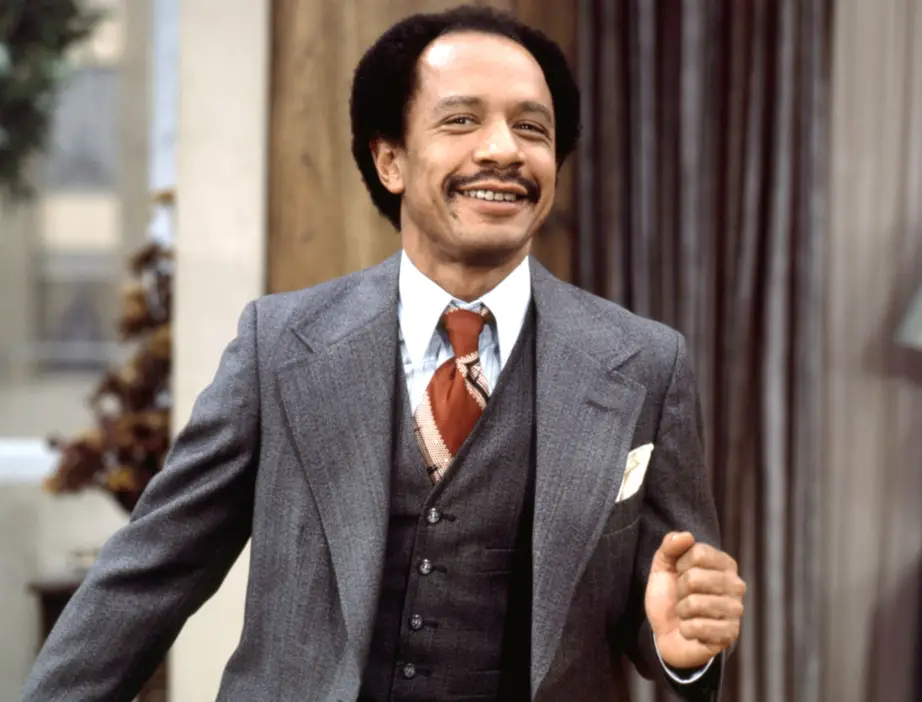
Sherman Hemsley’s successful businessman regularly expressed prejudice against white people that was played for laughs but would be scrutinized more seriously in today’s context. His derogatory term for white people – “honky” – was used frequently throughout the series as a punchline rather than examined for its divisive nature. George’s character, while groundbreaking as a wealthy, successful Black business owner, often relied on reverse stereotyping that modern audiences would question.
His treatment of his housekeeper Florence included verbal sparring that would now be viewed through the lens of employer-employee power dynamics. George’s bombastic personality and tendency to insult others, including his wife Louise, would likely be criticized as promoting toxic behavior rather than harmless comedy. Despite the show’s important role in representing upward mobility for Black Americans, George’s character would require significant nuance to navigate contemporary sensitivities around race, class, and interpersonal relationships.
6. Lt. Stephanie “Step” Anderson (Police Woman)
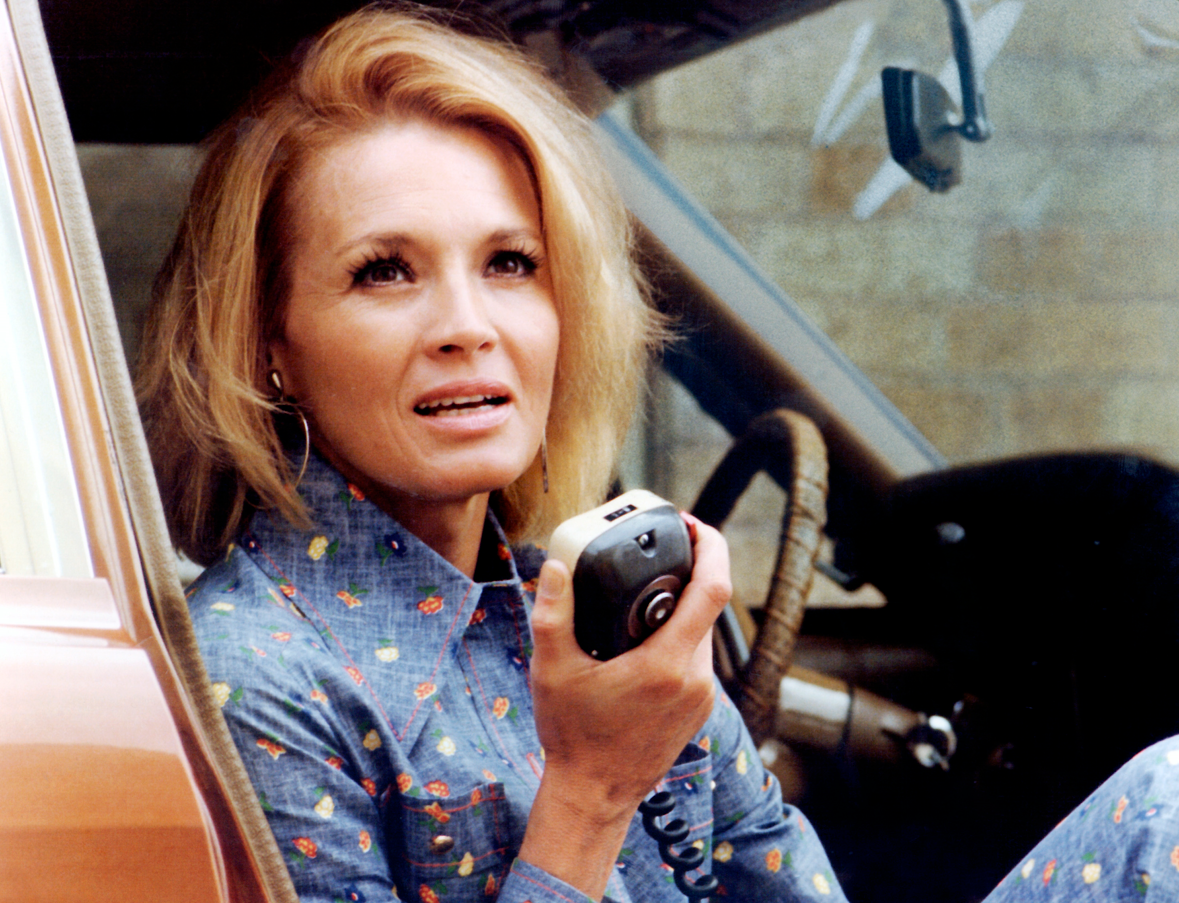
Angie Dickinson’s groundbreaking female police officer character spent as much time in revealing outfits as she did solving crimes, undermining her professional authority. Her character frequently used her appearance to gain information from suspects, reinforcing the idea that a woman’s primary value was in her physical attractiveness rather than her intelligence or skills. Although revolutionary for featuring a female protagonist in law enforcement, the show still framed her through a distinctly male gaze.
The series often placed Anderson in situations where she was required to go undercover as exotic dancers or in other provocative roles, prioritizing viewer titillation over realistic police work. Her character frequently needed rescue by male colleagues, undercutting the empowerment message that could have come from having a female lead in this role. Modern crime dramas with female leads like “The Closer” or “Law & Order: SVU” would later correct this imbalance by focusing on their protagonists’ professional capabilities rather than their appearance.
7. Jack Tripper (Three’s Company)
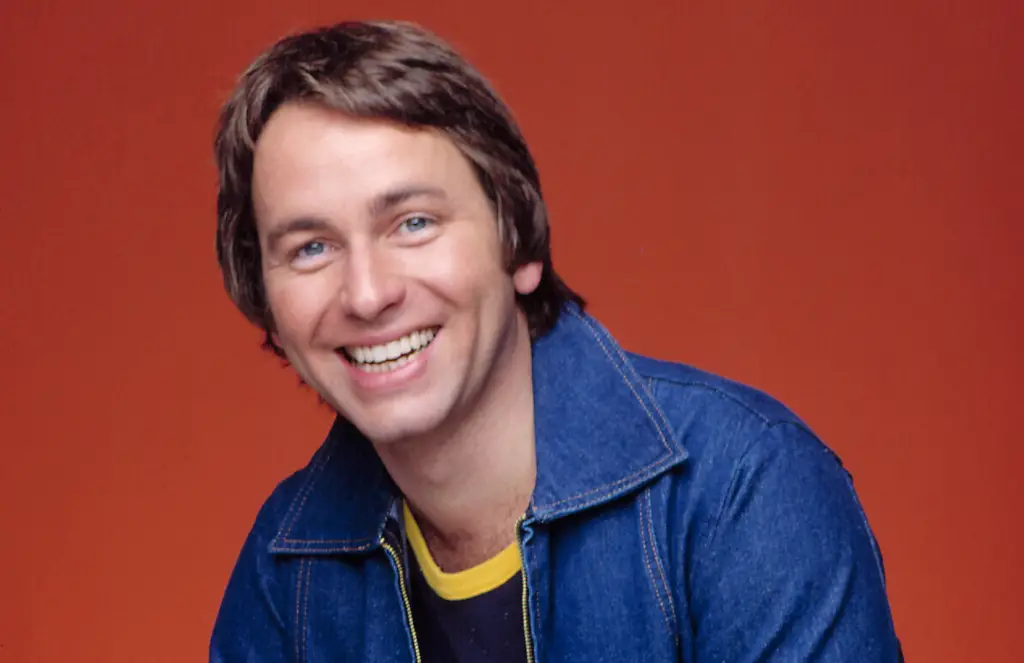
John Ritter’s character constantly engaged in physical comedy and misunderstandings that often relied on homophobic premises and jokes about his sexuality. The entire show’s premise – Jack pretending to be gay to live with female roommates – used homosexuality as both a disguise and a punchline rather than representing authentic LGBTQ+ experiences. His exaggerated “gay acting” when landlords were present would be considered offensive stereotyping by today’s standards.
Jack’s constant pursuit of women and tendency to objectify them ran counter to his supposedly progressive living arrangement with female roommates. His character frequently engaged in schemes and deceptions that would now be viewed as manipulative rather than charming or amusing. While Ritter’s physical comedy talents were undeniable, a modern version of Jack would require fundamental changes to his character’s motivations and behaviors to avoid perpetuating harmful stereotypes.
8. Fonzie (Happy Days)
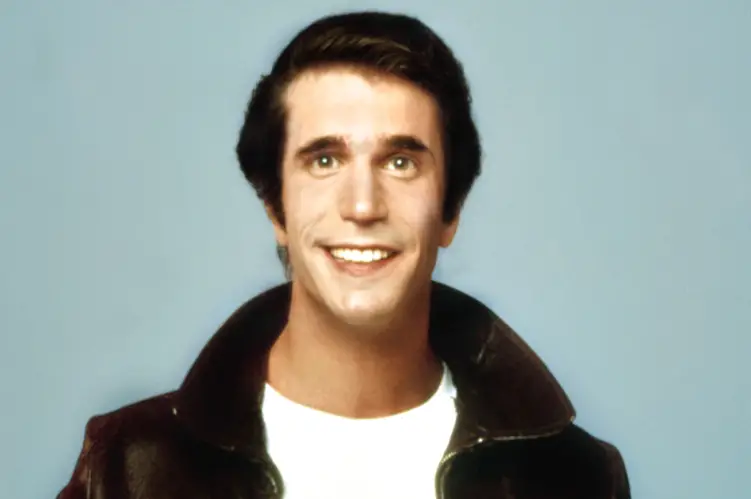
Henry Winkler’s leather-clad character promoted a hyper-masculine ideal that included referring to women as “chicks” and treating them as interchangeable conquests. His tendency to solve problems through intimidation or the threat of physical force would now be viewed as promoting toxic masculinity rather than cool confidence. The Fonz’s signature move of snapping his fingers to summon women would be criticized as objectifying and disrespectful in today’s television landscape.
Despite these problematic elements, Fonzie did evolve throughout the series to show vulnerability and growth, particularly in his mentor relationship with Richie Cunningham. His character represented a working-class perspective in contrast to the middle-class Cunningham family, bringing some socioeconomic diversity to the show. Modern audiences might appreciate Fonzie’s loyalty to friends and eventual character development while still questioning the show’s casual sexism and glorification of tough-guy behavior.
9. Fred Flintstone (The Flintstones)
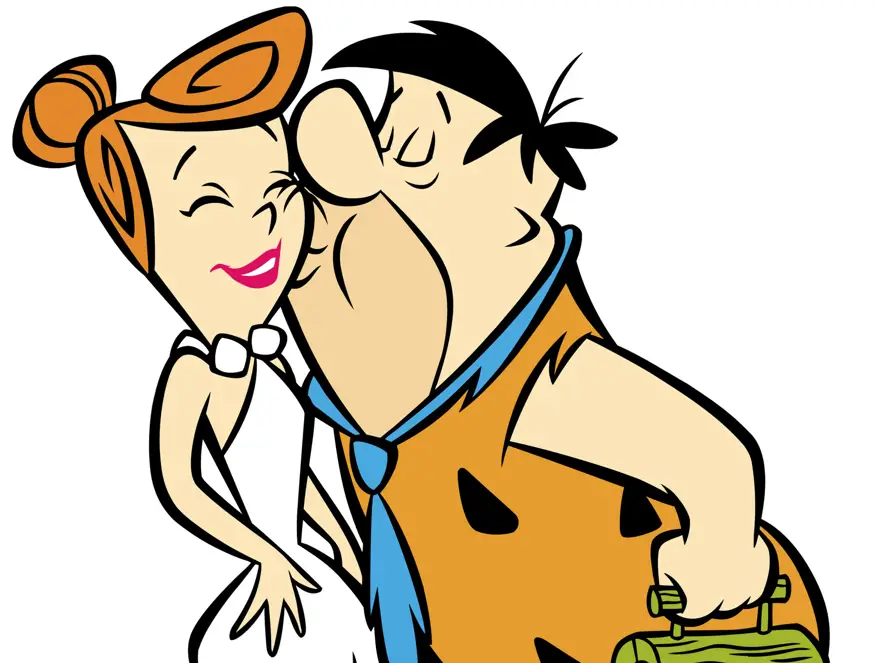
Though technically set in prehistoric times, this 1960s-70s character embodied outdated gender roles with his frequent bellowing at his wife and demonstrations of male entitlement. Fred’s famous “Wilma!” yells and expectations that his wife would have dinner ready and the house clean would now be viewed as promoting unhealthy marital dynamics rather than humorous domestic situations. His quick temper and occasional disrespect toward Wilma would be scrutinized in an era more aware of domestic relationship health.
Fred’s workplace behavior and friendship with Barney often excluded their wives from decisions and adventures, reinforcing separation of gender spheres. His get-rich-quick schemes and financial irresponsibility placed burdens on his family that modern audiences would likely find concerning rather than entertaining. While the show was groundbreaking as an adult-oriented animated series, its gender politics reflected 1960s suburban values that would require significant updating for contemporary viewers.
10. Boss Hogg (The Dukes of Hazzard)
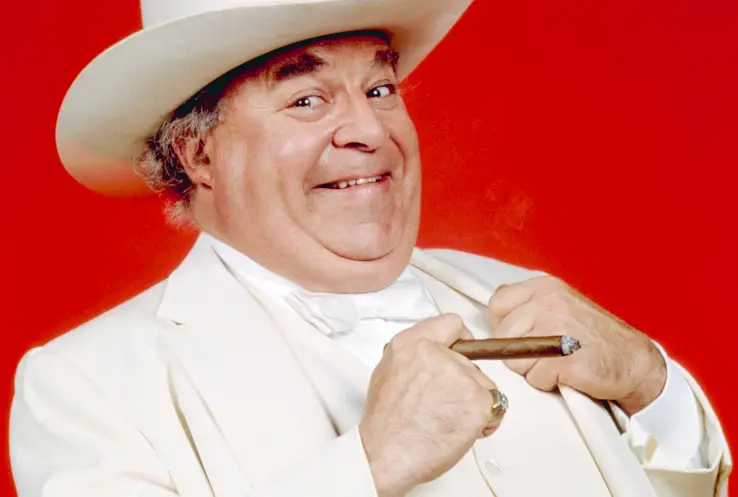
Sorrell Booke’s corrupt county commissioner character used his government position for personal gain, expressed bigotry, and attempted to sabotage the protagonists without facing any real consequences. His constant schemes to seize the Duke family’s property and abuse of power would likely resonate differently in today’s political climate where government corruption is viewed more seriously. The character’s cartoonish villainy obscured the real harm that such officials could cause in rural communities.
Boss Hogg’s appearance – always dressed in white suits with a cigar – relied on stereotypical imagery of corrupt Southern politicians that might be viewed as reinforcing regional prejudices. His character never showed moral growth or faced lasting consequences for his unethical and often illegal behavior, sending problematic messages about accountability in public office. Modern viewers might question why the citizens of Hazzard County continued to tolerate such obvious corruption rather than simply voting him out of office.
11. Ralph Kramden (The Honeymooners)
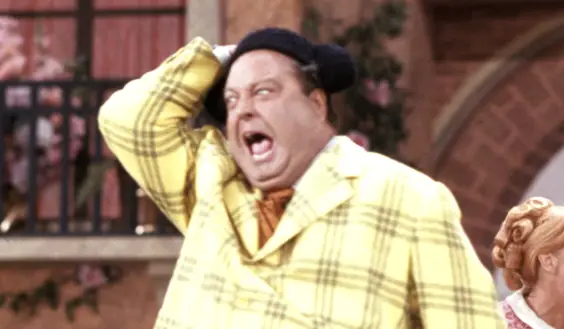
Jackie Gleason’s bus driver character frequently threatened his wife Alice with domestic violence through his catchphrase “One of these days… POW! Right in the kisser!” The show played these threats for laughs, normalizing the idea of spousal abuse in a way that would be completely unacceptable in contemporary programming. While Alice often got the upper hand verbally, the power dynamic underlying their relationship would be heavily criticized today.
Ralph’s frequent get-rich-quick schemes often put his family’s financial stability at risk without consideration for Alice’s concerns or input. His working-class frustrations were relatable, but his tendency to blame others rather than take responsibility for his situation would be viewed more critically by modern audiences. Despite never actually becoming violent, the casual way in which violence was threatened would be impossible to overlook in today’s more informed understanding of domestic abuse patterns.
12. Major Frank Burns (MASH)

Larry Linville’s antagonistic character represented negative military stereotypes through his incompetence, religious hypocrisy, and affair with Margaret Houlihan while married. His medical incompetence was played for laughs despite the life-threatening implications of having an unqualified surgeon operating on wounded soldiers. Burns’ blind patriotism and unquestioning support of the war was portrayed as ignorant rather than principled, potentially alienating viewers with military connections.
His religious self-righteousness contrasted with his moral failings created a caricature of faith that would concern both religious and secular viewers today. Frank’s character never showed growth or redemption, remaining a one-dimensional villain throughout his time on the show. While effective as a foil for the more progressive main characters, a modern version would likely need more nuance and occasional sympathetic moments to avoid appearing as simple conservative-bashing.
13. J.J. Evans (Good Times)

Jimmie Walker’s character became famous for his catchphrase “Dy-no-mite!” but relied heavily on stereotypical portrayals of young Black men that would face intense scrutiny today. His exaggerated mannerisms and expressions were criticized even at the time by fellow cast members who worried the character was becoming a caricature rather than an authentic representation. J.J.’s portrayal often overshadowed the show’s more serious exploration of issues facing Black families in public housing.
The character’s artistic talents suggested potential that was rarely developed in favor of comedic relief moments that played into stereotypes. His constant schemes to avoid work and education contradicted the values that his parents, Florida and James Evans, attempted to instill in their children. Even as the show broke ground with its portrayal of a struggling but dignified Black family, J.J.’s characterization would require significant revision to avoid perpetuating harmful tropes about young Black men.
Television has certainly evolved since the bell-bottom days of the ’70s, reflecting our changing social awareness and sensitivity. What made us laugh then might make us cringe today, but these characters remain important cultural touchstones that help us measure how far we’ve come. Perhaps we can appreciate these iconic characters within their historical context while still acknowledging that television – like society itself – continues to grow toward more inclusive, thoughtful representation.


